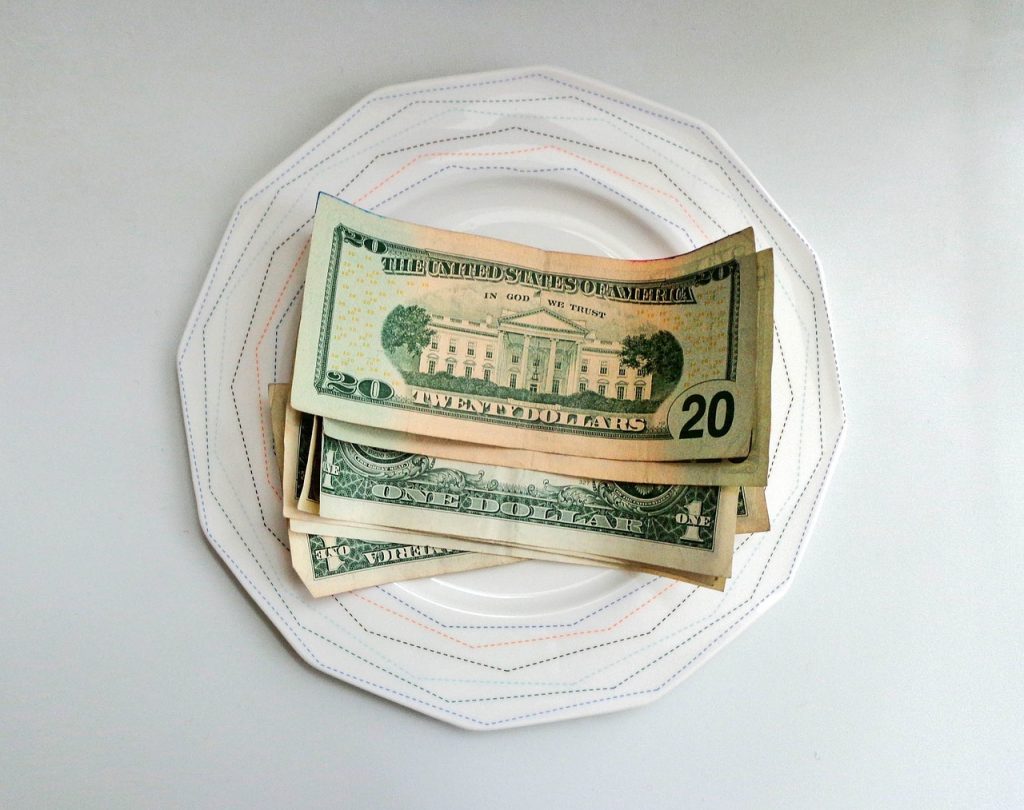Tipping Is Getting Out Of Control And No One Knows What To Do
This article is more than 2 years old

News that American tipping culture has changed dramatically in recent years should be no surprise. We have faced dramatic shifts in the retail and food industries. And those shifts are calling many long-standing traditions into question.
Americans love to eat out. We like our coffee shops, fast-food joints, and sit-down restaurants. And most people leave tips when it is appropriate.
Those appropriate moments are typically in service or hospitality establishments. Bartenders and servers, specifically, rely heavily upon tips to make ends meet. Without those tips, most would not even make minimum wage.
This fact has come under fire in recent years, prompting news of heated debates about our tipping culture. A growing group of people has begun advocating for fair wages for service and hospitality workers. However, they are not opposed to tipping, just opposed to using tips to replace fair wages.
And it appears that proponents of fair wages may get support from an unlikely (and unintentional) place. Recently, a trend developed in food establishments to tip everyone for everything. That includes the cashier at the coffee shop who only handed you a cup to serve yourself drip coffee.
It is a new phenomenon that has thrown the entire tipping culture into question. Yes, many coffee and food joints used to have a tip jar. But they were unobtrusive, off to the side, and often just a counter decoration.
There was never an expectation that customers tipped a barista or “sandwich artist.” However, the advent of touchpad computer screens at checkout has created a new dynamic. Now with the tip options front and center (and unavoidable), customers feel confused and often pressured.
After all, the barista taking your order makes at least minimum wage. And our long-standing tipping culture has conditioned us to tip those that make a subminimum wage. That raises a tough question – where is the line?
CNN spoke with the co-president of the Emily Post Institute, Lizzie Post, about the new tipping culture. She said, “The American public feels like tipping is out of control because they’re experiencing it in places they’re not used to. Moments where tipping isn’t expected makes people less generous and uncomfortable.”
That is an understandable reaction. And it is likely warranted, given the pervasiveness of tip screens these days. Plus, the in-your-face tipping expectation raises additional questions.
Most Americans know how to tip employees like servers or bartenders. But how do you navigate tipping the cashier who rang you up or the barista who poured your coffee? Those waters are still quite murky, even for those who study American tipping culture.
A professor of consumer behavior and marketing at Cornell University, Michael Lynn, expressed just how confusing the situation is. “I don’t know how much you’re supposed to tip and I study this.” And if someone who studies this for a living doesn’t know what to do, it is no surprise that the average consumer doesn’t either.
So, what do you do? Continue tipping those that make subminimum wage and do what makes you feel comfortable elsewhere. The good news is that etiquette experts stress that you should not feel guilty about hitting that “no tip” button!




